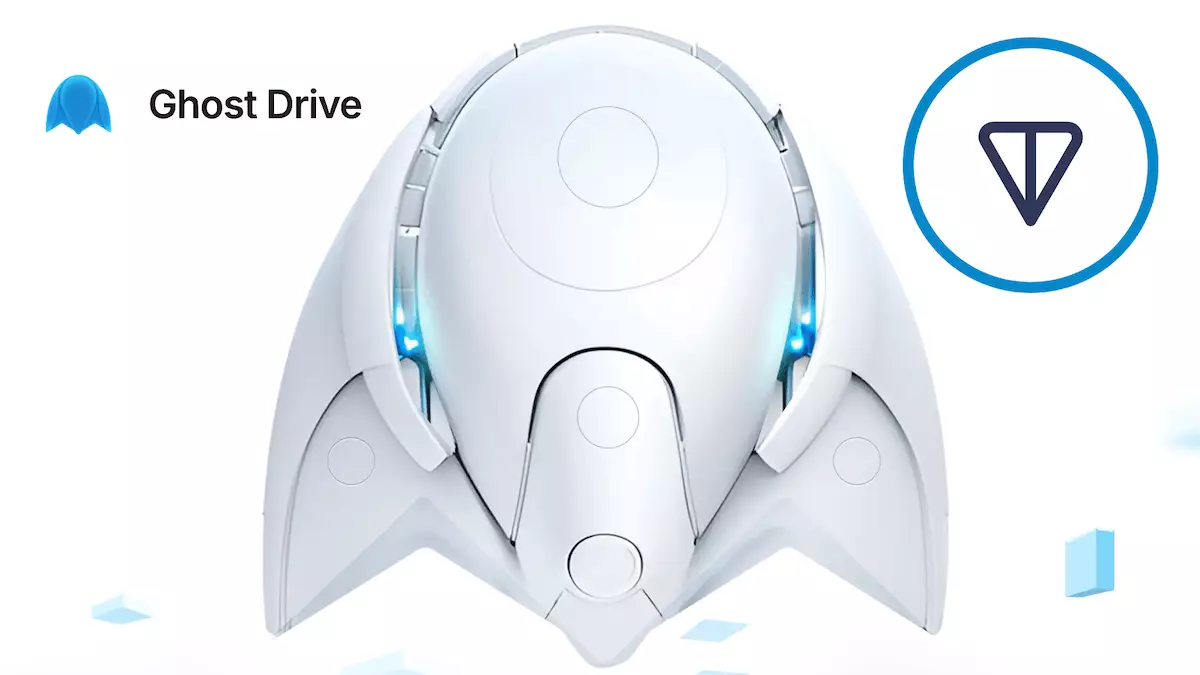The digital landscape is evolving rapidly, and as the demand for secure and efficient data management grows, decentralized storage solutions are emerging as viable competitors to traditionalWeb2 providers. GhostDrive, a fresh player in the Web3 storage market, is grabbing attention for its innovative approach and substantial monthly engagement. Built as a Telegram Mini App on the TON (The Open Network) blockchain, GhostDrive is not just another decentralized storage option; it is redefining user experiences with a unique revenue model while prioritizing data sovereignty and privacy.
GhostDrive distinguishes itself from incumbents like Dropbox primarily through its revenue generation methods, which include pay-per-view, streaming, and advertising networks. This creates a more user-centric model that contrasts sharply with the subscription dependencies of traditional platforms. With more than 740,000 active monthly users, GhostDrive demonstrates that there is a strong appetite for decentralized, privacy-focused storage solutions that offer a robust framework for monetizing data in an equitable manner.
What stands out in GhostDrive’s architecture is its integration of low-Earth orbit satellite nodes within a decentralized infrastructure. This design choice enhances the service’s resilience and security while ensuring that data remains censorship-resistant and under user control. Furthermore, the emphasis on user privacy could disrupt how larger tech companies manage secure data, as GhostDrive fundamentally flips the paradigm of data ownership.
The technical backbone of GhostDrive lies in its innovative Decentralized Physical Infrastructure Network (DePin). By leveraging TON’s Layer 2 hot storage technology in conjunction with the cold storage capabilities of Filecoin, GhostDrive effectively tackles two longstanding challenges in the decentralized storage arena: high on-chain costs and sluggish access speeds.
While Filecoin provides a distributed and secure data storage system, users often face challenges when retrieving their information. GhostDrive rectifies this inefficiency by enabling quicker and more affordable access to retrieved data. This improves user satisfaction and usability, setting a new standard for those migrating from conventional storage solutions to decentralized offerings.
Security and Control in Decentralized Storage
The security aspect inherent in GhostDrive’s decentralized design cannot be overstated. Unlike centralized platforms that house data in a singular location, which increases the risk of data breaches and targeted attacks, GhostDrive disperses information across various nodes, enhancing its resilience against potential threats. Users maintain absolute control over their data, with the ability to encrypt files prior to uploading them, an advantage traditional models cannot provide. Because intermediaries do not retain access to user data, compliance with external requests, especially from governmental entities, becomes less of a concern.
Moreover, through blockchain technology, GhostDrive ensures transparency in all data interactions. Every action is recorded on a tamper-proof ledger, enabling users to track their data’s journey securely and impartially.
One of the most game-changing aspects of GhostDrive is its use of the TON blockchain to tokenize user data. This innovative feature allows individuals to transform files into digital assets that can be traded, sold, or used in various ways, offering financial benefits and flexible usage scenarios that traditional cloud storage solutions lack. Through this tokenization process, GhostDrive elevates user engagement and incentivizes participation, further establishing a sense of community unlike that seen in traditional platforms.
Additionally, GhostDrive seeks to build a robust user community through its rewards program, encouraging active participation and referrals while enabling users to earn bonuses and additional storage. This contrasts sharply with the passivity witnessed in the subscription model employed by established services, thereby underscoring the potential of a more interactive, decentralized user experience.
Conclusion: A New Standard in Web3 Storage
GhostDrive is not merely another alternative in the growing landscape of decentralized storage options; it is a significant leap toward a more secure, user-governed digital environment. With its strategic integration of TON and Filecoin, along with innovative features designed to enhance speed, security, and user engagement, GhostDrive stands poised to redefine standards in Web3 storage. As more technology users recognize the limitations and vulnerabilities of Web2 solutions, platforms like GhostDrive offer a promising roadmap for a future where data ownership and privacy reign supreme.














Leave a Reply